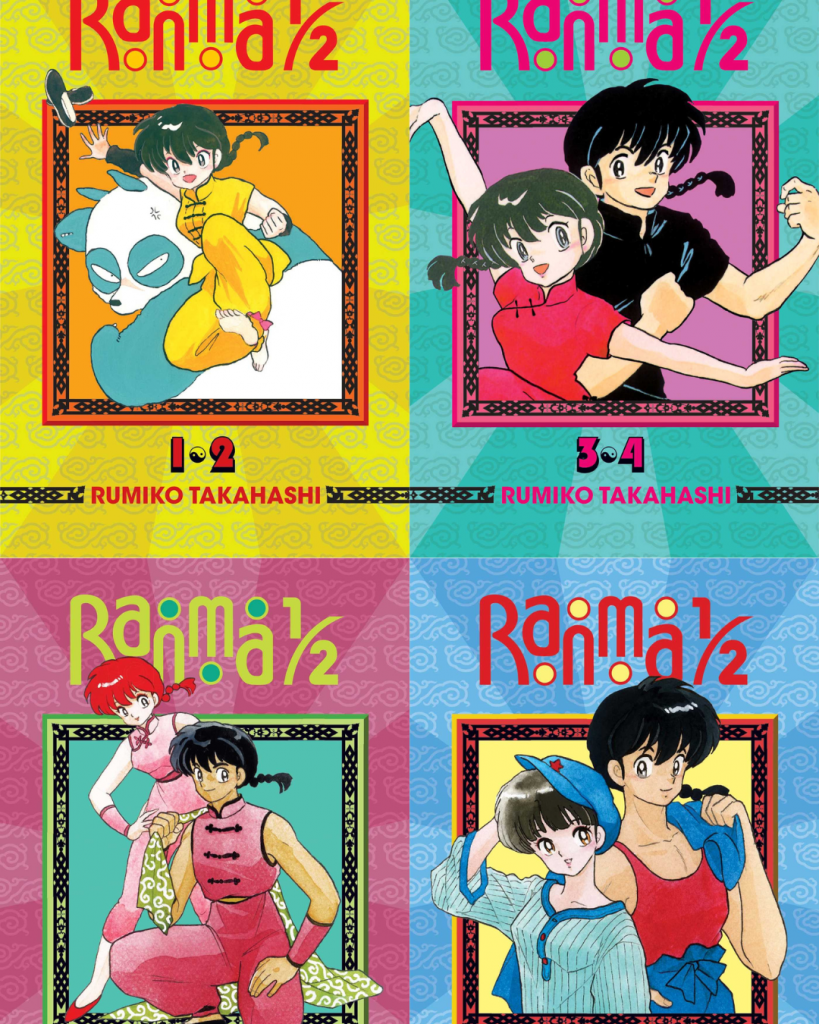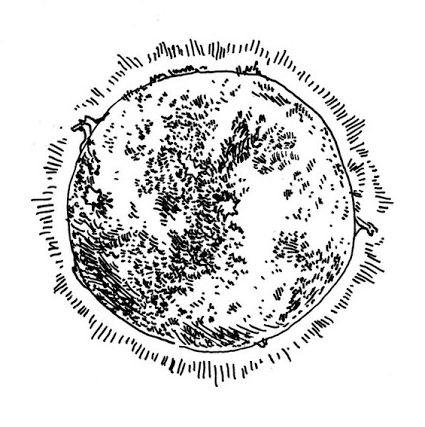
Editor’s Note: This essay can be seen as a follow-up to Antoine Rozier’s previous writing for SOLRAD, titled: Rumiko Takahashi’s sex comedy in URUSEI YATSURA and RANMA 1/2: a model for queer writing
Ranma1/2 is a realistic work. Okay, I have to admit, this title was a little bit provocative. Indeed, what exactly is “realistic” about people changing sex with water, turning into animals, or doing impossible martial arts?
To better understand what this means, let’s delve deeper into what I mean here by “realism”.
In their approach of literature that could help foster the socialist movement, Karl Marx and Friedrich Engels envisioned realism as an ideal standard. In April 1888, the latter philosopher sent a letter to Miss Margaret Harkness, a socialist writer who had just written A City Girl, a novel about East End working-class life in the late nineteenth century. While he obviously liked it (his dislike of the work having been exaggerated by later accounts), one of the issues he had was that he didn’t find it realistic enough, in that, in his opinion, the working-class figures were too passive compared to what they should have been, given the time period in which the story was set. He then gives an example of what he means by realism:
“I am far from finding fault with your not having written a point-blank socialist novel, a “Tendenzroman” [social-problem novel], as we Germans call it, to glorify the social and political views of the authors. This is not at all what I mean. The more the opinions of the author remain hidden, the better for the work of art. The realism I allude to may crop out even in spite of the author’s opinions. Let me refer to an example. Balzac, […] in “La Comédie humaine” gives us a most wonderfully realistic history of French ‘Society’. […] Well, Balzac was politically a Legitimist; his great work is a constant elegy on the inevitable decay of good society, his sympathies are all with the class doomed to extinction. But for all that his satire is never keener, his irony never bitterer, than when he sets in motion the very men and women with whom he sympathizes most deeply – the nobles. […] That Balzac thus was compelled to go against his own class sympathies and political prejudices, that he saw the necessity of the downfall of his favourite nobles, and described them as people deserving no better fate; and that he saw the real men of the future where, for the time being, they alone were to be found – that I consider one of the greatest triumphs of Realism, and one of the grandest features in old Balzac.“
To that, philosopher Andrew Collier added that “Marxists ought to use the term ‘realism’ in a sense wide enough to include, for instance, surrealism, and those eighteenth and twentieth century novels which make no sharp internal distinction between fantasy and reality, yet which reflect social (including ideological) realities, with their contradictions.” We’re almost there. Sure, while Ranma1/2 is not entirely (or stricto sensu) surrealistic, it’s definitely a work that makes “no sharp internal distinction between fantasy and reality“. But which are the social or ideological realities that are reflected in it?
In that case, I argue that it is the reality of gender performativity, or the idea of gender as a repetition of acts that may ultimately not reflect any internal identity.
In contrast to Balzac, little is known so far about Rumiko Takahashi’s politics. In 1980, at least, she was a supporter of the conservative Liberal Democratic Party, but this may have changed since then. But it is true that, as far as her own works are concerned, she holds a quite heteronormative view of narration: “I think that manga is based on relationships between men and women”, as she once said, or, more explicitly: “The basis is a relationship between a man and a woman. The element of man and woman is absolutely essential”. She also adds, “I’m not the type who thinks in terms of social agendas”.
Nevertheless, in Ranma1/2, she definitely shows an interest for “fascinating characters whose gender is not fixed”. This is the opportunity to give a brief reminder about the basic plot: due to a training accident in China, Ranma Saotome and his father Genma are cursed to turn into a girl and a panda, respectively, whenever they’re doused with cold water (hot water changes them back to their old selves). Once they get back to Japan, Ranma discovers he’s engaged against his will to one of the three girls of the Tendo Dojo. It’s Akane, the youngest of them, who is chosen, because she doesn’t like men, and Ranma is “half-girl”.
Some feminists have criticized Ranma’s transformations as being mostly superficial in nature, as they’re rarely used to actually challenge (cishet) patriarchy, as well as for a perceived “obsession with manliness”. But it’s perfectly normal to feel frustrated. After all, Ranma1/2 was never supposed to be the manga equivalent of a “Tendenzroman”, to use Engels’ terminology.
A better way to look at Ranma1/2 is to take it for what it is: a shonen manga that was, first and foremost, designed to provide its target audience with action and thrills rather than questioning its place in society, and how it manages to appear subversive in spite of this, precisely because it is a realistic work.
As analyzing the entire series would take way too much time for the purposes of this article, I will focus on a particularly emotional example from the latter part of the manga: Ranma’s relationship with her mother, Nodoka.
While Ranma was only two years old, he was separated from her and his father embarked him on a martial arts training journey, but not before they signed a pact stipulating she would force both of them to commit seppuku if Ranma didn’t turn out to be a “man amongst men”.
When she comes back, it makes Ranma and Genma terrified of showing their original forms to her, and Ranma has to hide behind the fake identity of “Ranko”.
However, things change when Genma tries to rob the family treasure of the Saotomes (long story). After an argument between Ranma and his father, it’s a wrong choice of pronoun from Ranma’s part that makes Nodoka have doubts about “Ranko”’s real identity. When Ranma finally gets his hands on the treasure as a man, he realizes he can’t hide the truth from his mother anymore, even if it means having to commit the dreaded ritual and dying as a result.
But in the end, when Ranma’s secret is finally revealed, his bet pays off. Because Nodoka saw him behaving manly, she decides to spare him nonetheless.
What views Rumiko Takahashi herself may or may not have on manliness areis not relevant here. In this sequence involving Ranma and his mother, Rumiko Takahashi has the intuition of the real. From real-life accounts of queer persons coming out despite the risks, to David Reimer’s case as exposed by Judith Butler in their book Undoing Gender, people fight to have their truths acknowledged, no matter the costs. Ranma is a man who wants a fully “male” body, but he’s not reducible to that body.
This is something his own mother recognizes when she sees him. In seeing the “female” body of her son, she implicitly comes to the realization that, for her, masculinity never depended on it being performed by a “male” body. She infers a masculine gender identity via Ranma’s manly behavior as “Ranko”.
But why did she decide that the “male”, masculine Ranma is the “real” Ranma, and not the more feminine “Ranko”? Maybe because there’s no “real” Ranma, after all, and that exhibiting manly behavior is a sufficient condition to say that Ranma is a man. It calls into question the very viability of the seppuku pact to begin with. This is the reality, or rather un-reality, of gender that is reflected by Rumiko Takahashi in Ranma1/2.
If an ability to capture the real with strength is the hallmark of a great artist, then Rumiko Takahashi is undoubtedly a great artist.
SOLRAD is made possible by the generous donations of readers like you. Support our Patreon campaign, or make a tax-deductible donation to our publisher, Fieldmouse Press, today.

Leave a Reply